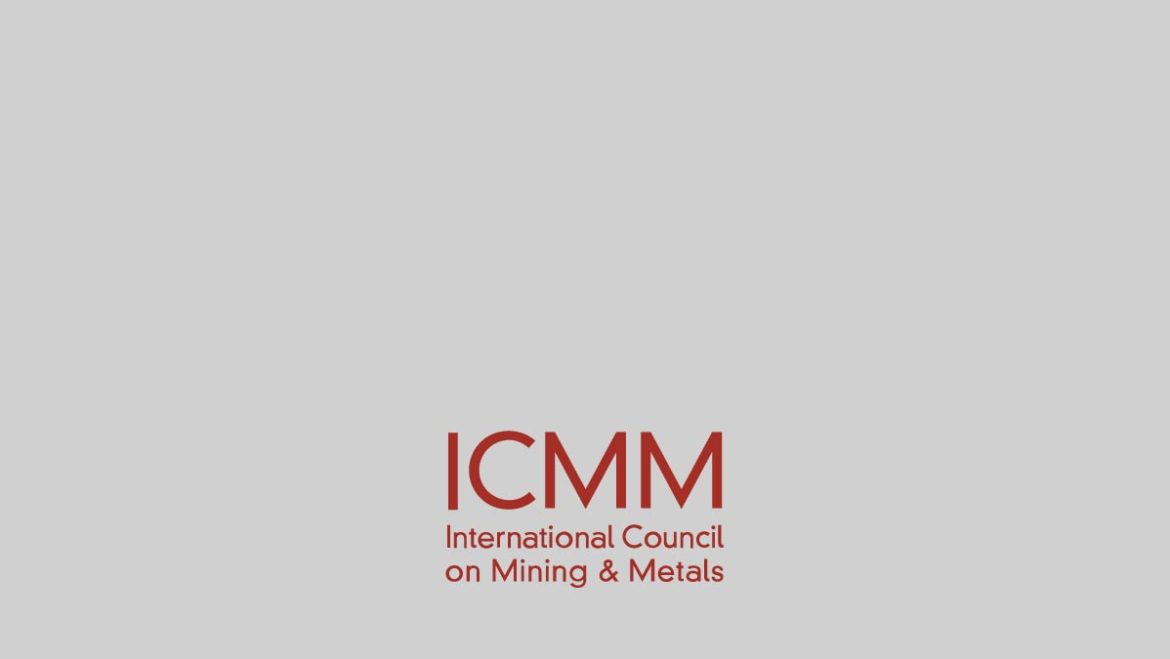Luscar Limited’s Gregg River Mine is in the Upper Foothills subregion of western Alberta. The creation of wildlife habitat has been a main objective of reclamation and the key to success has been to:
- Assess the area’s biodiversity
- Develop a sound understanding of each representative faunal group’s habitat requirements, incorporate this into the reclamation program and monitor species use of created habitat so that adaptive management can take place.
- Maintain linkages to adjacent habitat
- To allow for species to recolonise when the habitat reaches the stage where it meets their requirements
- Seasonal variation must be considered, as many species’ habitat requirements vary significantly between winter and summer
Newly established grassland and subalpine meadows provide grazing areas, while retained sections of benched highwall provide escape from predators.
The presence of a diverse prey base, including ungulates and many other smaller mammal species, supports a range of predators. Techniques used to create habitat for other fauna species include constructing rock and brush piles, selecting plants for their forage and cover value, planting trees and shrubs on the lee side of shelters, and reconstructing stream channels and wetland habitats. The techniques used range from the microhabitat scale up to broad landscape scale.
Successful recolonisation by a diversity of wildlife is gradually being achieved by adopting an ecosystem approach to reclamation that focuses on species’ habitat requirements.
Sources:
Source: Information used in this case study was provided by Beth MacCallum (Bighorn Wildlife Technologies Ltd.).
For a more detailed account of this case study please refer to ICMM’s Good Practice Guidance for Mining and Biodiversity (p104)

